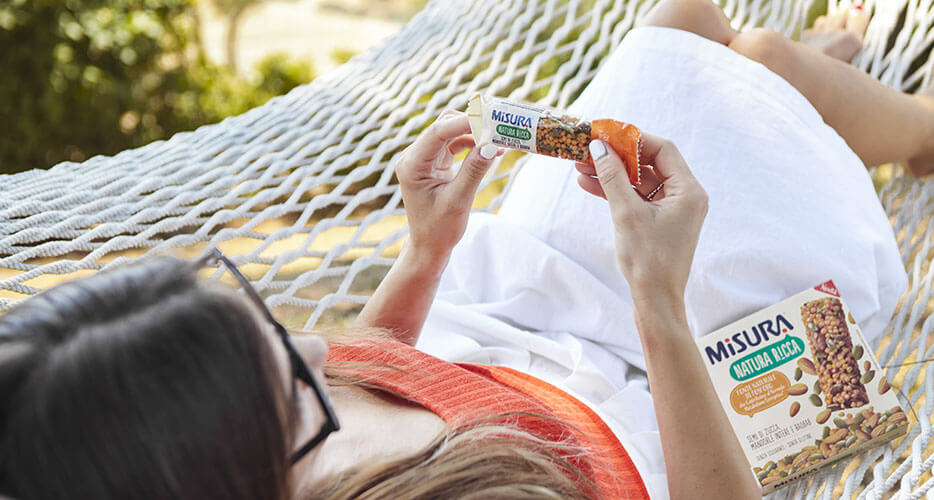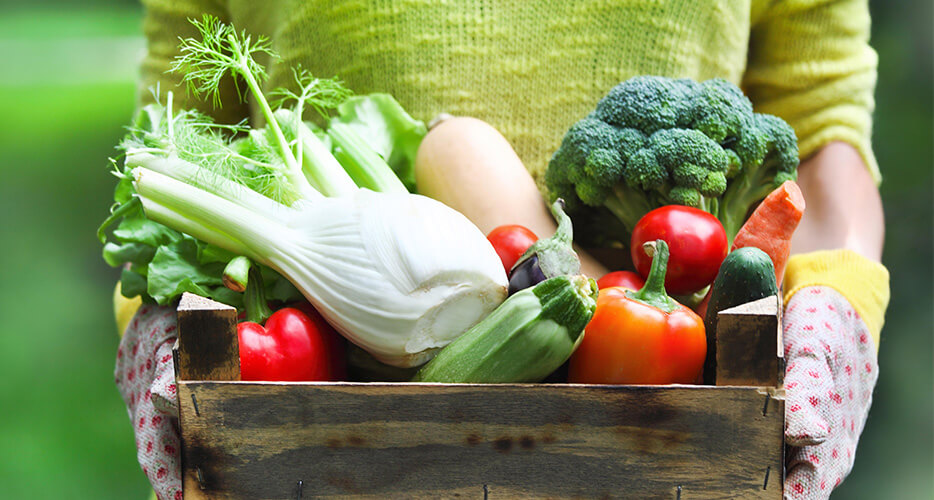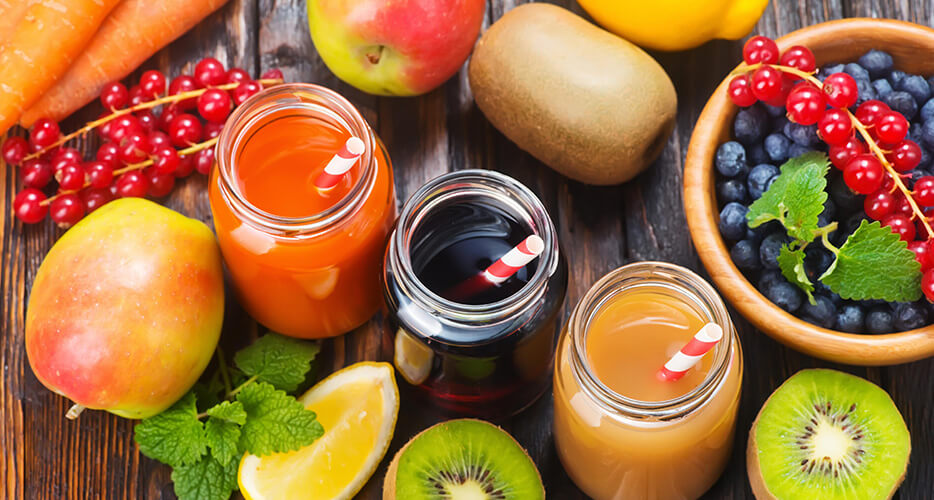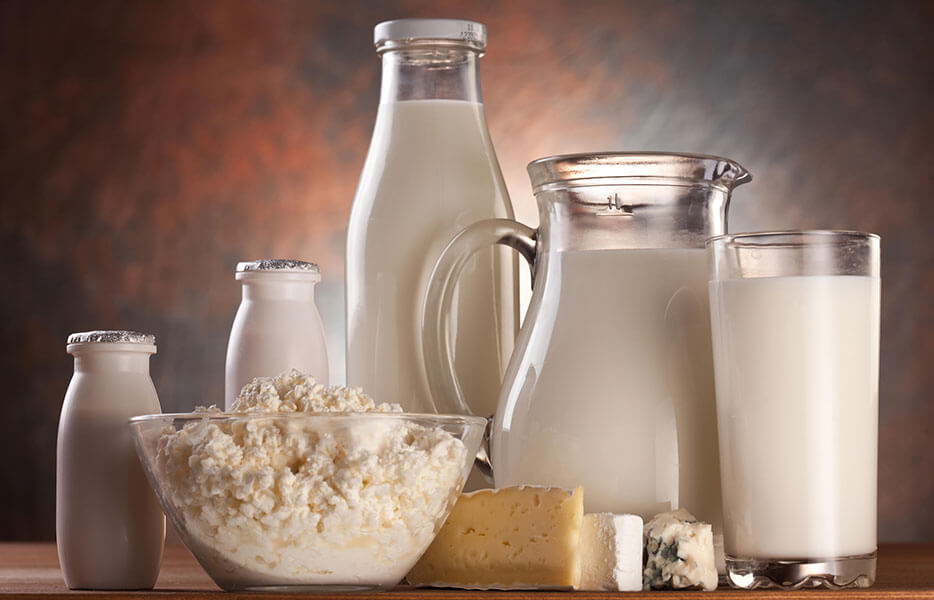(Short information)
This website uses cookies
Only necessary/technical cookies that are strictly needed for navigation are pre-selected on this website.
To find out in detail which cookies we use, read our (extended) cookie information.
By clicking on the "X" at the top right or on the "Reject all" button, only the necessary cookies will be kept active, i.e. the technical ones that allow navigation on the site.
By clicking on “Accept all” you authorize the use of all cookies.
By clicking on "Customize" you can freely and consciously choose which cookies to activate or leave deactivated.
Once the banner is closed, there is an icon that will give you the possibility to change the cookie choices made previously.
The technical storage or access is strictly necessary for the legitimate purpose of enabling the use of a specific service explicitly requested by the subscriber or user, or for the sole purpose of carrying out the transmission of a communication over an electronic communications network.
The technical storage or access is necessary for the legitimate purpose of storing preferences that are not requested by the subscriber or user.
The technical storage or access that is used exclusively for statistical purposes.
The technical storage or access that is used exclusively for anonymous statistical purposes. Without a subpoena, voluntary compliance on the part of your Internet Service Provider, or additional records from a third party, information stored or retrieved for this purpose alone cannot usually be used to identify you.
The technical storage or access is required to create user profiles to send advertising, or to track the user on a website or across several websites for similar marketing purposes.






